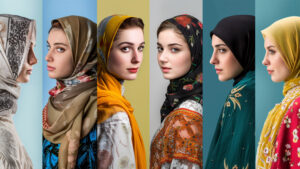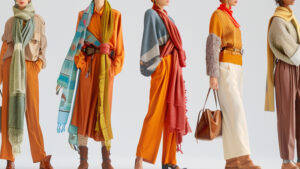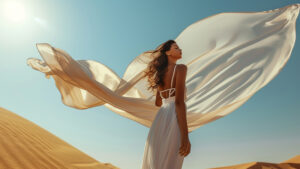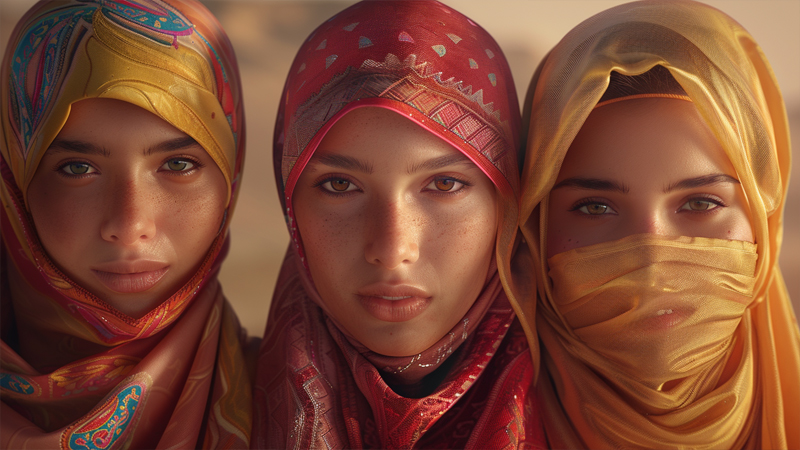
I used to mix up these coverings until my friend Amina showed me her wardrobe. "They’re like different dialects of the same language," she explained.
Hijab covers hair/neck, niqab adds face veil (eyes visible), burka covers entire face with mesh. All reflect Islamic modesty, but cultural interpretations vary widely.
Let’s unravel this tapestry thread by thread.
What exactly do hijab, niqab, and burka look like?
Amina once handed me three fabrics: "This isn’t just cloth – it’s geography, theology, and personal story1 woven together."
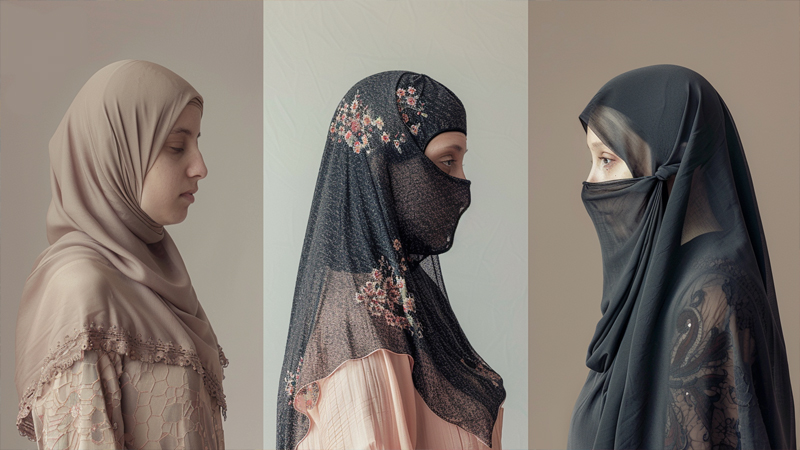
Hijab
- Headscarf covering hair/neck
- Multiple styling options2
Niqab
- Face veil + head covering
- Eyes visible
Burka
- Full-body covering
- Mesh screen3 over eyes
| Covering | Hair | Face | Eyes | Body |
|---|---|---|---|---|
| Hijab | ✅ | ❌ | ✅ | ❌ |
| Niqab | ✅ | ✅ | ✅ | ❌ |
| Burka | ✅ | ✅ | ❌ | ✅ |
The geography of fabric
When I visited Istanbul’s Grand Bazaar4, hijabs exploded in color like tropical birds5. But in Oman’s markets, black niqabs flowed like night rivers. Local traditions shape these choices more than Quranic verses.
Indonesian hijabs often feature batik prints and loose draping. Saudi niqabs tend toward crisp black fabrics. Afghan burkas historically used blue mesh – practical for dust storms6, now politicized.
Why do these variations exist across cultures?
My Syrian neighbor Leila jokes: "If modesty were uniform, God would’ve sent fabric swatches with the Quran7!"
Climate: Lightweight chiffon hijabs8 in Malaysia vs. heavy burkas9 in Afghanistan’s mountains
History: Ottoman empire’s turban influences vs. Bedouin face protection traditions
Politics: France’s bans vs. Iran’s mandates create new cultural meanings
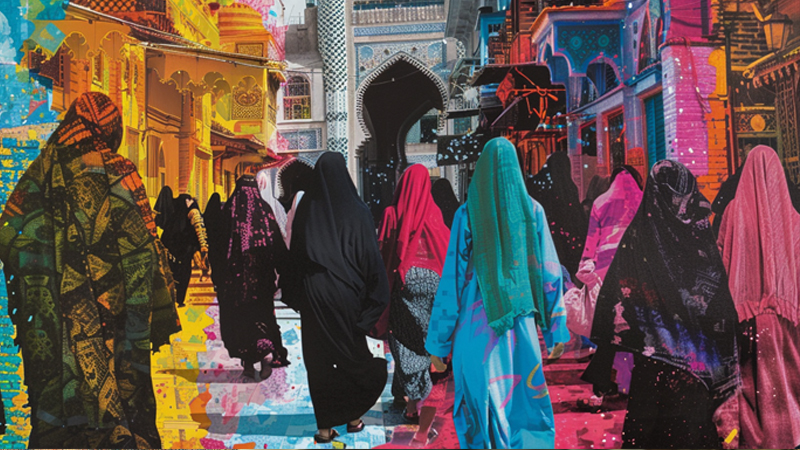
The silent language of cloth
During the 2022 World Cup, I noticed something beautiful. Moroccan fans wore hijabs styled like soccer jerseys – green/red stripes with team logos. Their headscarves became celebrational flags, not just religious symbols.
What religious role do these coverings play?
A Quran7 teacher once told me: "Hijab isn’t about hiding women – it’s about focusing on their wisdom, not appearance."
Core concept: Modesty10 (hijab) is required for both genders in Islam
Interpretation spectrum:
- Some view head covering as obligatory
- Others see modesty as situational
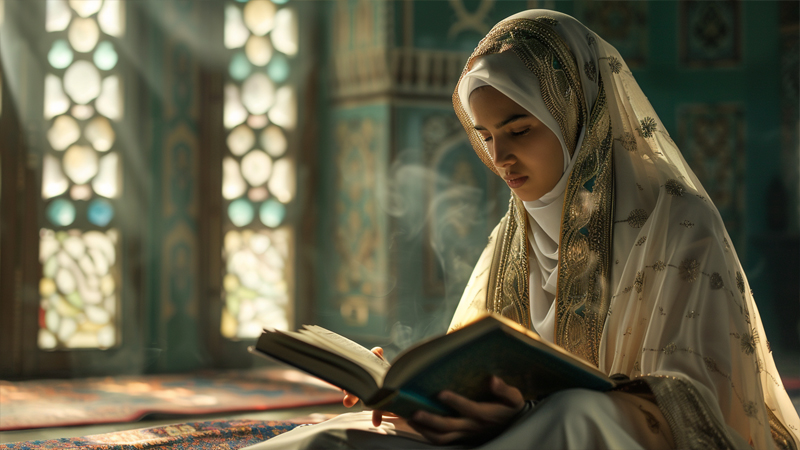
Between scripture and street
My friend Fatima, a neuroscientist11, puts it bluntly: "My lab hijab12 has NASA-level fabric – sweat-wicking, anti-static. Modesty doesn’t mean ignoring practicality." She rotates 37 scarves, each color-matched to her mood and microscope slides13.
How does the modern world view these coverings?
When I volunteered at a London school, 14-year-old Aisha’s sparkly hijab pin started trends. Meanwhile, her aunt in Dubai fights for the right not to wear one.
2023 survey of Muslim women:
| Feeling | Hijab (%) | Niqab (%) | Burka (%) |
|---|---|---|---|
| Empowered | 68 | 41 | 29 |
| Pressured | 12 | 34 | 57 |
| Neutral | 20 | 25 | 14 |
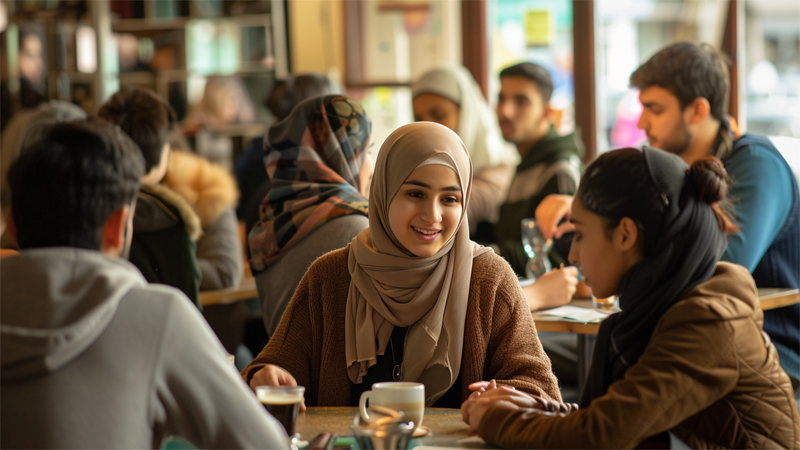
The mirror of perception
At a Paris café last summer, I witnessed a tense moment. A woman in niqab ordered croissants while tourists snapped photos. The barista rolled his eyes – until she corrected his French grammar. Their laughter cracked stereotypes like eggshells.
Conclusion
Three coverings, countless stories. What looks like fabric is really human complexity – stitched with faith, culture, and personal choice.
-
Explore diverse personal narratives that reveal the rich cultural significance and individual experiences behind these traditional garments. ↩
-
Explore diverse styling options that reflect personal identity and cultural heritage in modest fashion. ↩
-
Explore the significance of the mesh screen in burkas, enhancing understanding of cultural and practical aspects of this garment. ↩
-
Explore the Grand Bazaar's rich history and cultural impact, showcasing its role in shaping local fashion and traditions. ↩
-
Exploring this resource will reveal how tropical birds symbolize diversity and beauty, much like the vibrant hijabs in different cultures. ↩
-
Explore this link to understand how environmental factors like dust storms influence traditional clothing, especially in regions like Afghanistan. ↩
-
Explore this link to understand the Quran's teachings on hijab, enriching your perspective on modesty and cultural interpretations. ↩ ↩
-
Explore the diverse styles and cultural significance of chiffon hijabs, enhancing your understanding of this beautiful fabric. ↩
-
Explore this resource to understand the rich history and cultural context behind burkas, beyond just their appearance. ↩
-
Understand the concept of modesty and its interpretations across various cultures and religions. ↩
-
Explore how neuroscientists contribute to understanding the intersection of culture, identity, and science, enriching the discussion on hijab. ↩
-
Explore this resource to understand the unique features of lab hijabs, blending modesty with modern practicality for women in science. ↩
-
Explore this link to discover essential microscope slides that enhance research accuracy and efficiency in various scientific fields. ↩

